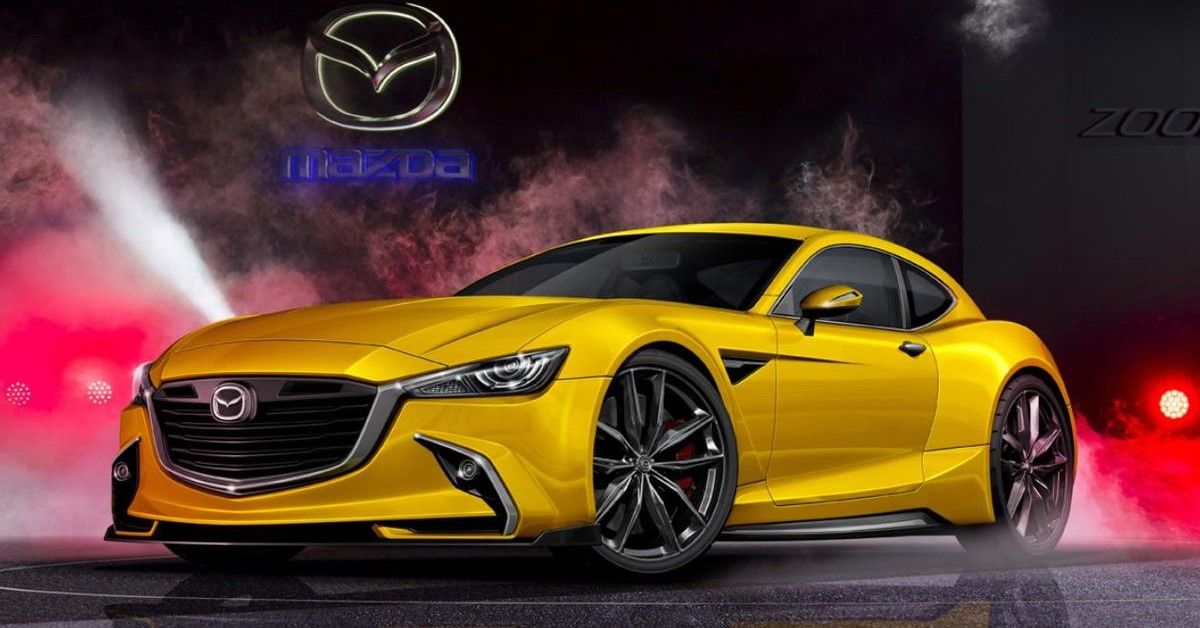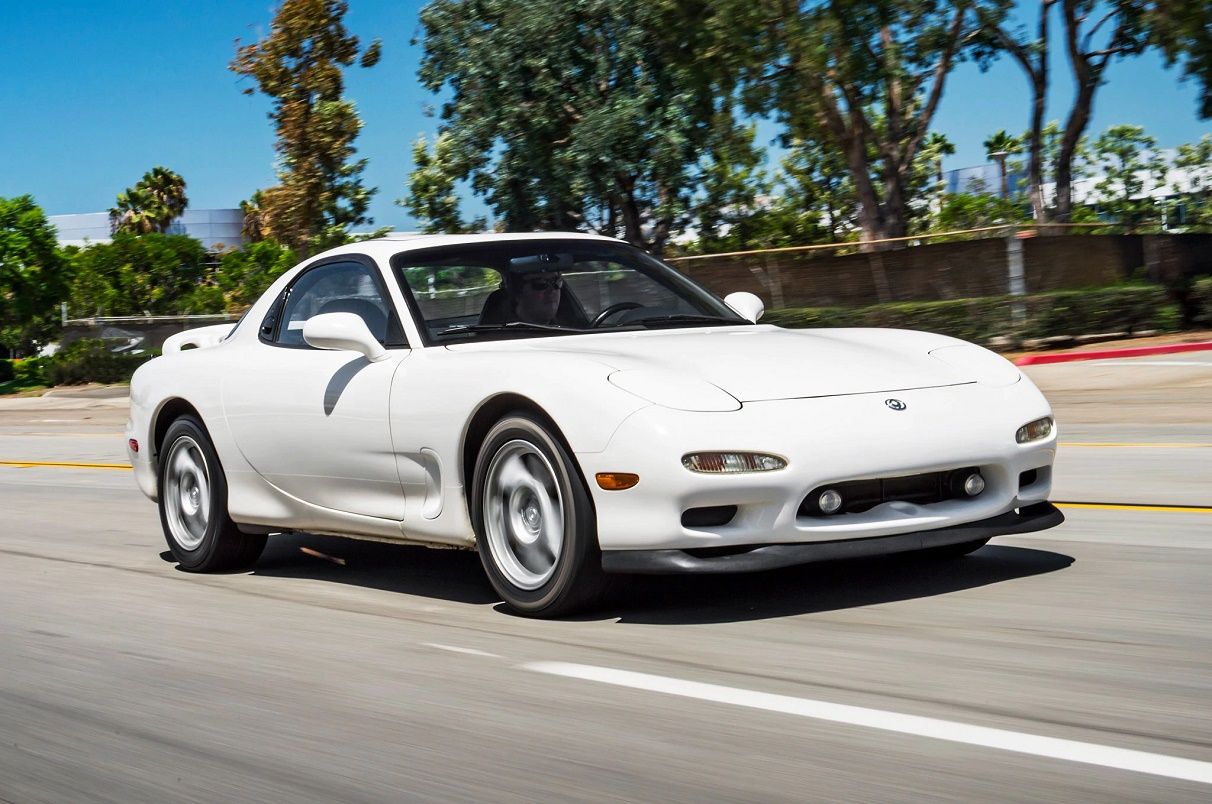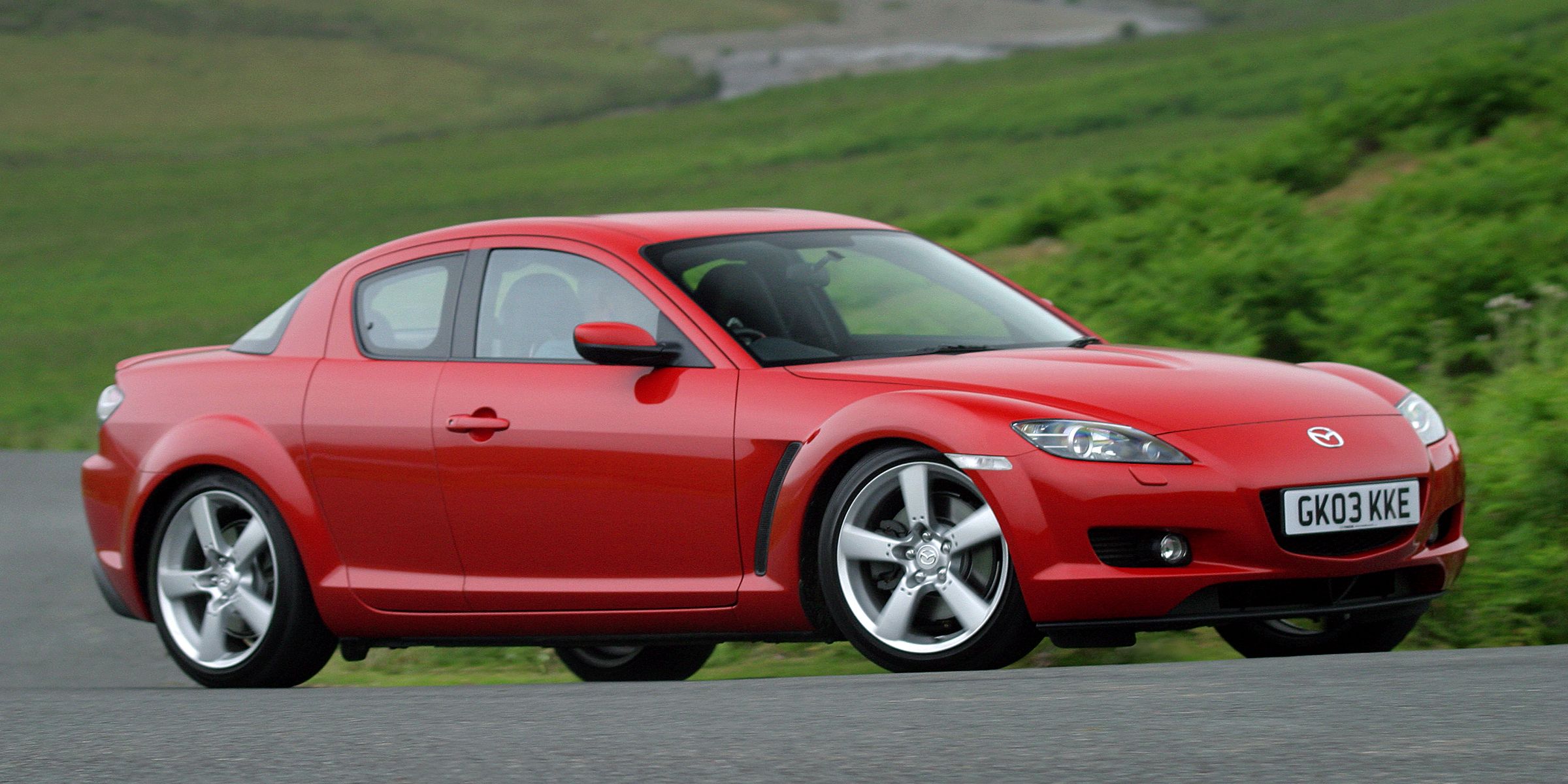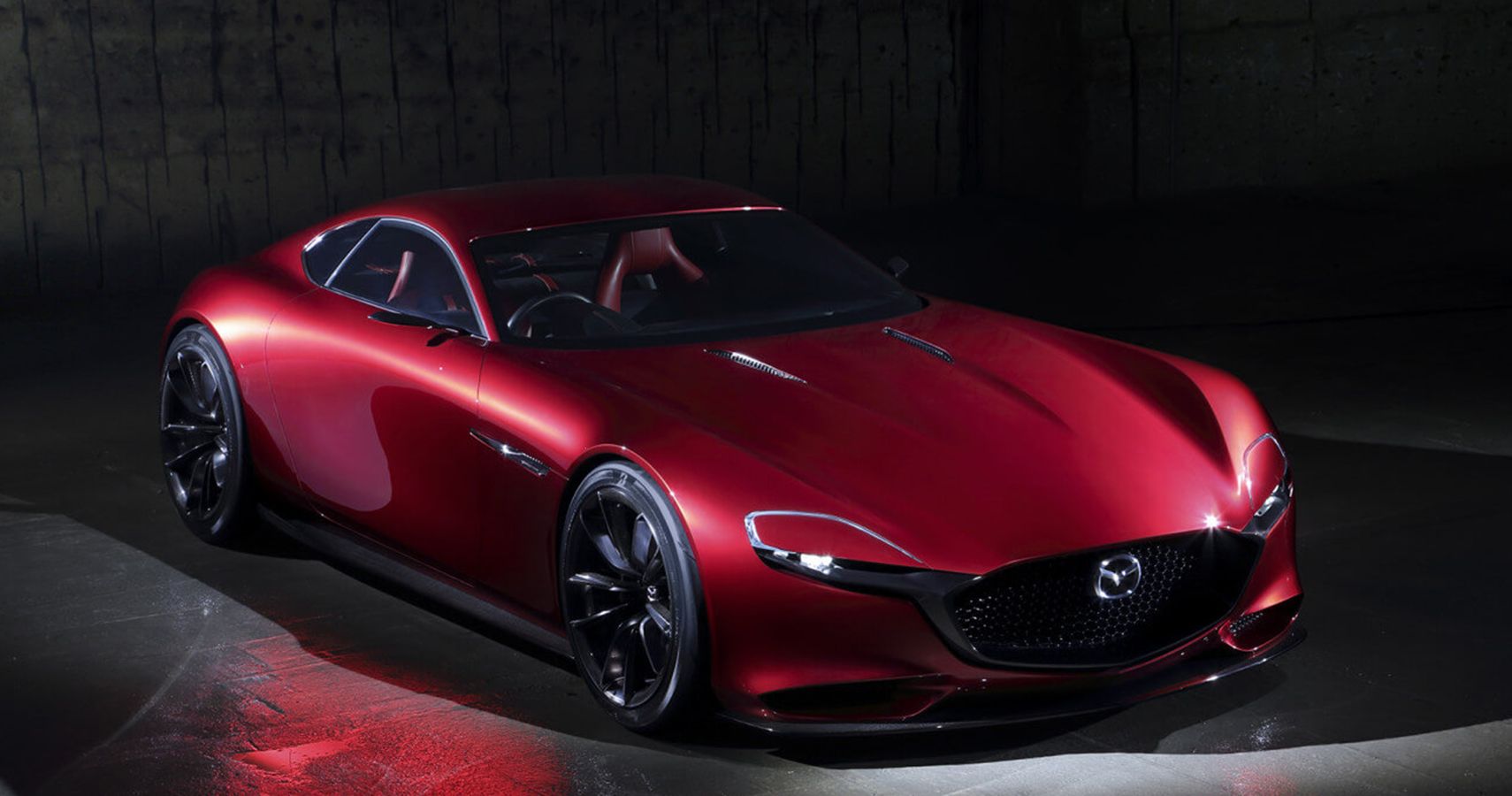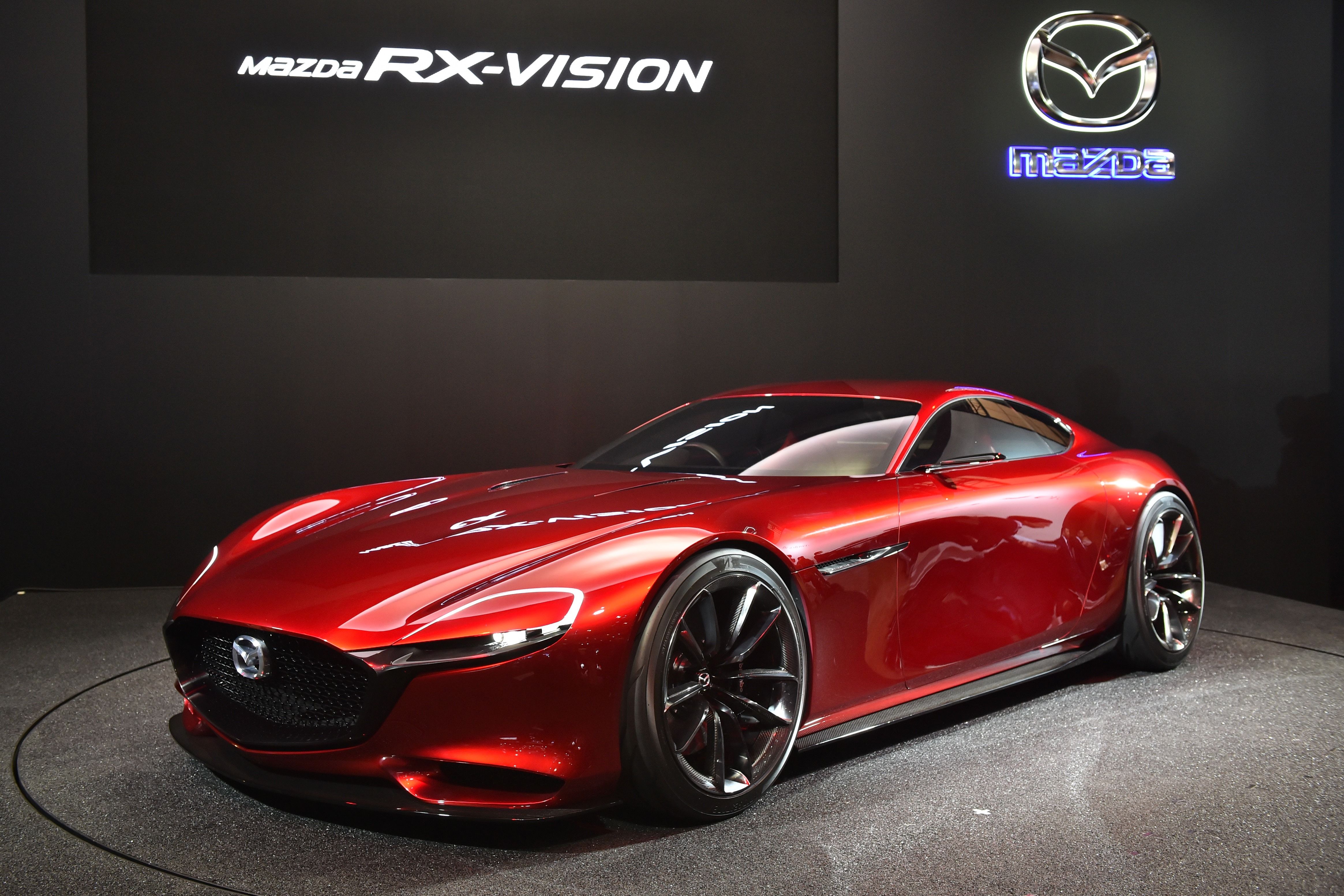Second installments are a tough one: in books or movies for example, following a stellar first effort the successor needs to be better in every way while retaining the same formula. Taking The Lion King 2 as an example, you can see how it can be a simple undertaking but it’s not always that easy.
In music, people have said it’s the difficult second album, but if you think about it, the third installment is most fraught with risk – you can use leftover songs for the second album, but by the time the third comes out, you need some new material. Innovation and evolution can sometimes be key. A good one to point to would be Led Zeppelin’s third effort ‘III’.
Talking about sports cars, Mazda did well with its 90s Wankel-engined effort, the RX-7. A rotary revolution, the car helped redefine the company and popularize this engine technology. Unfortunately for Mazda, the second album was more difficult. That’s not to say the RX-8 was not successful, but it suffered from engine reliability issues and sub-par efficiency which worked to offset the excellent dynamics and innovation a little. So, what about the third effort?
The Rotary Club
In Japan, there is a new sibling taking shape – the long-rumored RX-9.
For the moment it is all happening behind curtains at Mazda, this RX-9 is the slated successor to the first two popular sports cars in the segment the RX-7 and RX-8 and the truth is, it will be arriving at a different world.
Of all the JDM cars of the 90s, the RX-7 was unique in that it brought to the table an interesting power source known as the Wankel rotary engine, it was impressive with its performance using the lighter, less-complicated 1.3-liter engine which featured a spinning triangular piston in place of the usual cylinder-shaped pistons inside most internal combustion engines. It still made 250-280 horsepower from the relatively small engine and was at the top of the range above the MX-5 and MX-3 at the time.
New Kid On The Block
The RX-8 adopted the engine and along with sharp dynamics and suicide rear- doors, it managed to gain a following even if it was arguably less of a cult classic than the RX-7. Since then, Mazda and indeed all manufacturers have all but abandoned the engine technology due to its relatively high fuel consumption and higher pollutive outputs, not to mention the less-than-brilliant press garnered around the engine’s reliability.
Since then, the Wankel engine has been used in few cars, one of the most notable racing uses was in the Mazda 787B which used a four-rotor mid-mounted engine of 2.6-liters to win Le Mans in 1991.
The most modern notable use was in the Audi A1 E-Tron concept which used a 250cc rotor engine alongside a hybrid powertrain, but this didn’t make it over into mass-production.
That all looks to change with the RX-9, it is rumored to be using a modern version of the rotary engine and there is a possibility that it could come with hybrid technology or even electric power when it is launched, with the release date being anything up to a few years away potentially.
Third Time Lucky
Enter the RX-Vision concept, which is our best idea of where Mazda is likely to take the next RX car.
So far, the biggest unveiling and clue about the RX-9 is from the RX-Vision concept revealed in 2015 at the Tokyo Motor Show. Looking resplendent in the signature Mazda red paint and arriving with a low and wide body it looks like a radical departure from the previous models although the shape may change if it is indeed a precursor to the RX-9.
Drawing from the Kodo – Soul of Motion design ethos its sleek form integrates the familiar Mazda face and grill with headlight shapes looking familiar to the current road cars and SUVs. The engine for this concept was the Skyactive-R – an evolution of the current gasoline engines in the road car range, displacing 2.6-liters it is essentially a doubled-up version of the old 1.3-liter rotor engine in the previous RX sports cars. Don’t forget that the famous 787B racecar mentioned above also used a 2.6-liter rotary engine, which in its least-powerful guise made 650hp – so it would likely have been rapid enough too.
The Proof Is In The Pudding
Although not essentially a pre-production or even RX-9 concept it is, for now, the most likely hint at which direction the company will be looking for styling shape on the new car.
Among the challenges expected for the RX-9 when it surfaces, are first; the new playing field and modern competition facing it.
Technology and performance benchmarks have changed a lot since the famous third-gen RX-7 rolled into showrooms in 1991 and modern sports cars like the Toyota Supra are using punchy, turbocharged engines to unlock fast acceleration times and top speeds, not to mention fully electric cars which are a match for conventional sports cars on the track with their instant-power from 0rpm and low center of gravity.
Here’s hoping the real thing is as promising as the renders suggest – it has big boots to fill when it takes the mantle as king of the Mazda sports car once again.

